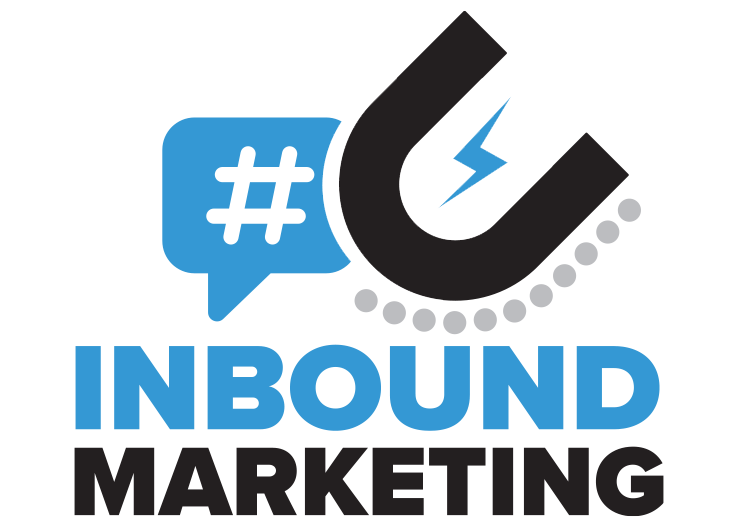![A Google Analytics Review for You [Things to Consider for Your SEO Strategy]](https://blog.greyphin.com/hubfs/_greyphin-google-analytics-review.png)
So, you’ve heard of Google - right? If not, we’re honestly shocked right now. Shaken to the core. Absolutely beyond belief! That’s because Google is the largest search engine in the world, and has become a household name globally over the past two decades. Chances are you’re here, though, because you’re searching for a Google Analytics review. If that’s the case, and you’ve made it to our website, then Google is doing the job it was created to do.
But enough with the fun talk; it’s time to get down to business. While we could sit here and chit-chat about the fundamentals of how Google works for days on end (it’s honestly an enigma), in this blog post we’re going to focus on reviewing one of Google’s most popular tools: Google Analytics.
Let’s break it down to brass tacks, shall we?
What is Google Analytics?
Simply put, Google Analytics is a website analytics service that is designed to accurately and efficiently track and report on traffic to specified websites. Website owners can easily register their website on the Google Analytics platform, and, with a push of a button, the software will begin analyzing and generating reports about the amount of traffic on a given website, the source of the traffic, and more.
For those who are looking to improve their digital marketing strategies, Google Analytics is considered a tool that’s imperative to have in an SEO tool belt. But why is that?
In this Google Analytics review, the Greyphin team is going to try to be as non-biased as possible, but we’ll be up front and honest with you because you’re our friend, and friends should keep it real 100% of the time.
With that being said, let’s start with our favorite things about Google Analytics.
Pros of Google Analytics
There are many pros to using Google Analytics as part of your SEO strategy. These pros include:
Gather Insights
Google Analytics makes it easy to gather insights about how your website is performing. Users from all industries will be able to see real-time data about who your customers are, where they’re coming from, and what actions they’re taking on your website.
See What Works and What’s Not Working
When you dive into your analytics dashboard, you’ll be able to dig into the details about how your website users (and mobile users) are interacting with your content. Being able to see what is working and what isn’t working is important for improving your content strategy and taking steps to make changes that work for your customers. When your potential customers find that the content on your website is useful and accessible, you’re more likely to see an increase in conversions.
Integrate with Other Tools
While Google Analytics is a powerful tool in-and-of-itself, there are many tools that you can connect with in order to pack an even heavier punch for your marketing strategy. For one, users may connect their analytics account with other Google tools such as Google Search Console; Display & Video 360; Google Ads; AdSense; Ad Manager; and AdMob. Google Analytics may also be integrated with other software such as points of sale and customer relationship management tools.
In-Depth Reports
The reports from Google Analytics shed a ton of light on how internet searchers are interacting with your website. In fact, within Google Analytics, users will find the following types of reports: audience reports; advertising reports; acquisition reports; behavior reports; conversion reports; real-time reporting; user flow reporting; and more.
Organize & Visualize Data
There’s no doubt that Google Analytics is about to drop a ton of information in your lap all at once when you first get your site registered on the platform. But never fear! There are tons of ways to view this information through built-in reports, shareable dashboards, widgets, and more. You can also apply filters, segmentations, custom funnels - the list goes on and on! The best part is that, in addition to viewing your website’s data on the desktop version of Google Analytics, users may also access data through the mobile app, sign up for email alerts, and even view external reporting API and integrations.
Cons of Google Analytics
Of course, as with everything else in life, where there’s pros, there’s also cons. While, overall, we highly recommend Google Analytics, here are some of the shortcomings we’ve noticed in our time using the software.
Information Overload
Can you say overwhelming? As a first-time GA user, the amount of information at your fingertips can make it seem like you’re drowning in a digital ocean. The same can be said about several other resources we’ve reviewed thus far as well. However, don’t let this discourage you completely - Google Analytics provides resources, such as blogs and videos, that will help you get the ball rolling in no time.
No Clear Direction
While Google Analytics is full of information about the behavior of website visitors and the performance of your website, it unfortunately lacks clear direction of what steps you should take to improve your website for the future. But, Google Analytics can be used in conjunction with another program, like SEMrush, that can provide specifics on what you may need to change to see better numbers on your Google Analytics reports.
Need help with your SEO strategy? Greyphin can help! Contact us to learn more about our inbound marketing and search engine optimization services!









